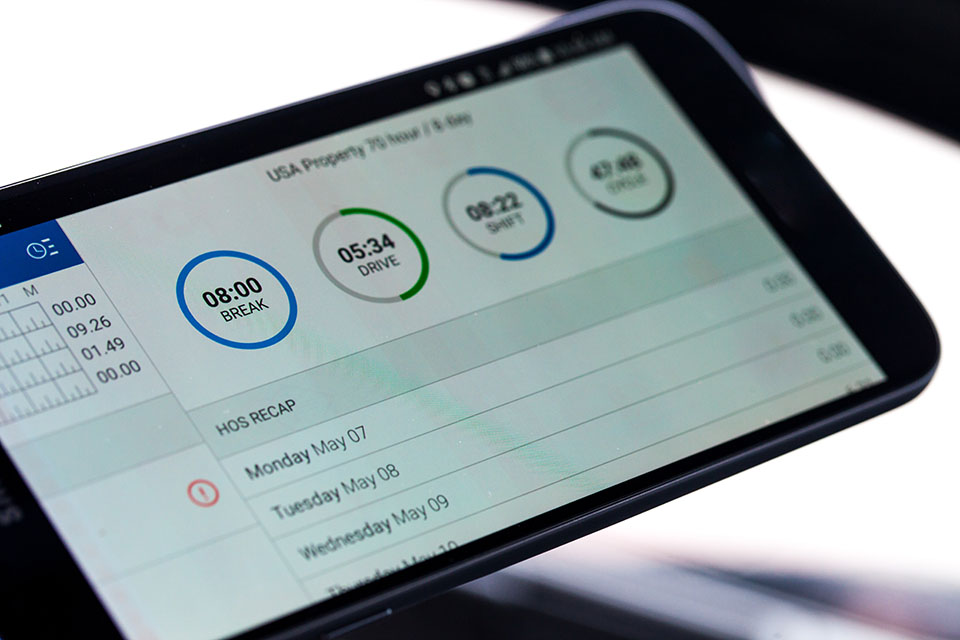Safety Source
Be on the Driving Defense!
This month, Safety Training Manager Samuel Wilfert shares safety tips for driving defensively. Also featured is a story on the announcement of the FMCSA's final HOS rules.
As states loosen restrictions that have been in place because of COVID-19, we have already begun to notice the driving habits of the general population have worsened with motorists speeding and exhibiting reckless driving behaviors.
For the last three months, we have been operating with a dramatic reduction in the volume of vehicles on the roadway and have become somewhat relaxed in our defensive driving. However, now is the time to remind yourself of the importance of operating your vehicle with a high level of defense.

Below are the 5 Keys to Defensive Driving that are taught through the Smith System:
- Aim High in Steering - Look 15 seconds into your future. (Do not just look at the vehicle in front of you.)
- Get the Big Picture - Look for hazards. (This includes other motorists, pedestrians, vehicle doors opening, etc.)
- Keep Your Eyes Moving - Do not stare. (Use your peripheral vision instead.)
- Leave Yourself an Out - Monitor the space cushion around you.
- Make Sure They See You - Use your signals and make eye contact. (These include directionals, four-way flashers, headlights, brake lights, horn, and hand signals.)
FMCSA Announces Final HOS Rules

The motor carrier hours-of-service (HOS) final rule was recently issued by the U.S. Department of Transportation’s Federal Motor Carrier Safety Administration (FMCSA). The final rule is comprised of four key revisions; however, it’s important to note that the new rule will not increase driving time and will continue to prevent operators from driving for more than eight consecutive hours with at least a 30-minute change in duty status.
Of special interest are the four following changes:
Short-Haul Operations
- Extends drivers’ maximum on-duty period from 12 to 14 hours
- Extends the air-mile radius within which the driver may operate from 100 air miles to 150 air miles
Adverse Driving Conditions
- Modifies the adverse driving conditions exception by extending, by 2 hours, the maximum on-duty window during which driving is permitted
30-Minute Break
- Requires a 30-minute break after 8 consecutive hours of driving time have elapsed
- Allows a break to be taken in an on-duty, not-driving status
Sleeper Berth Exception
- Allows drivers to split their required 10-hours off duty into two periods: an 8 and 2 split or a 7 and 3 split, either off duty or in the sleeper berth
- Neither period counts against the driver’s 14-hour driving window




